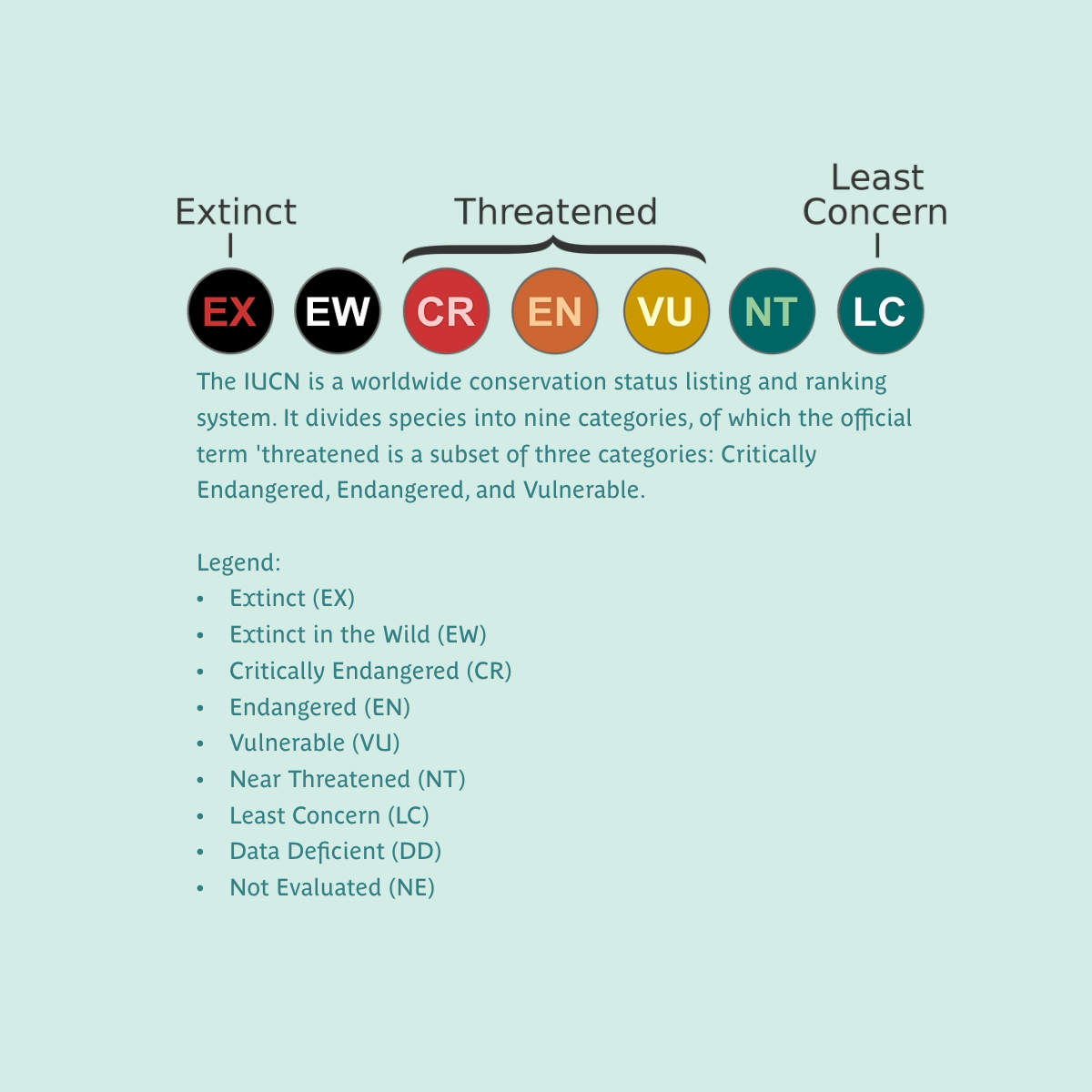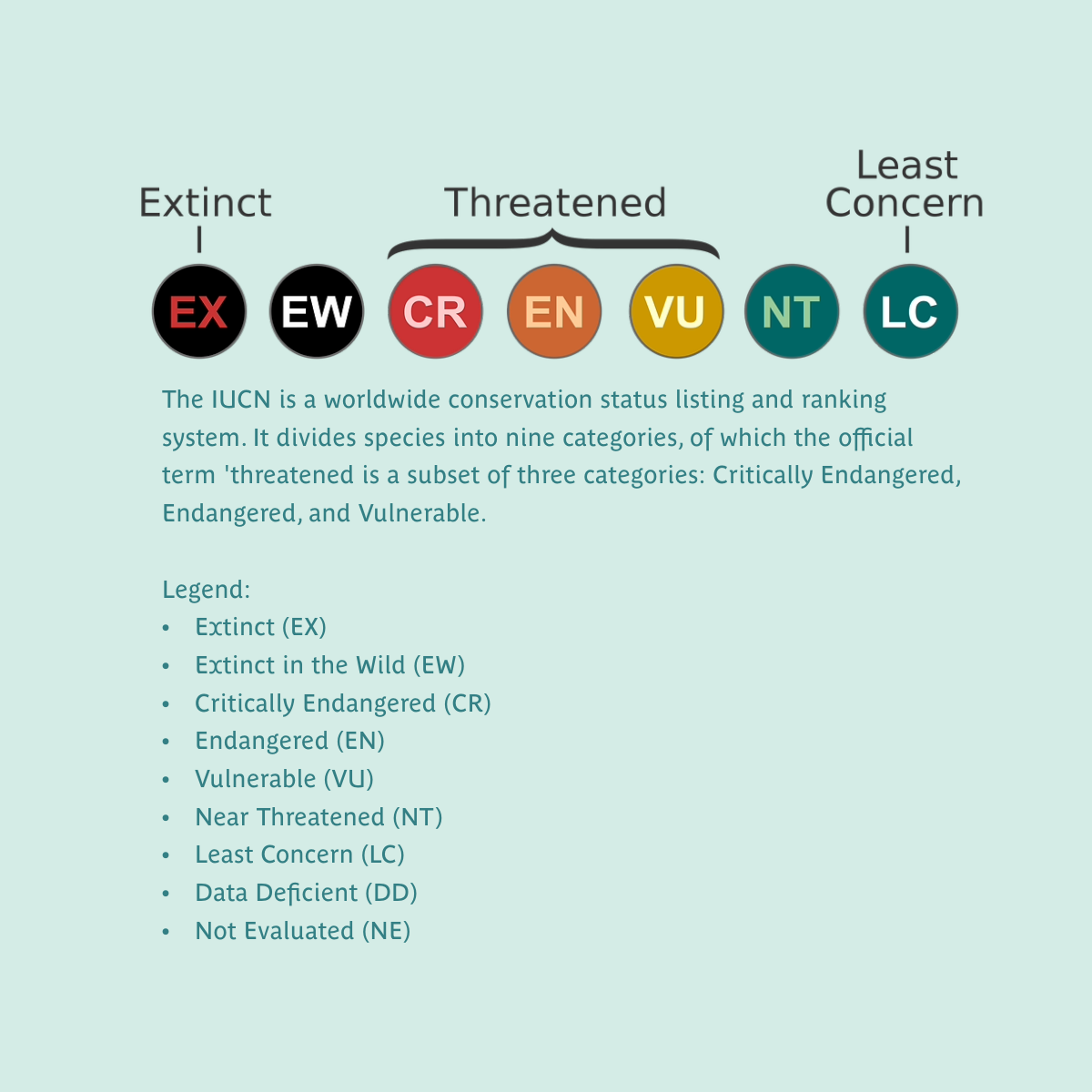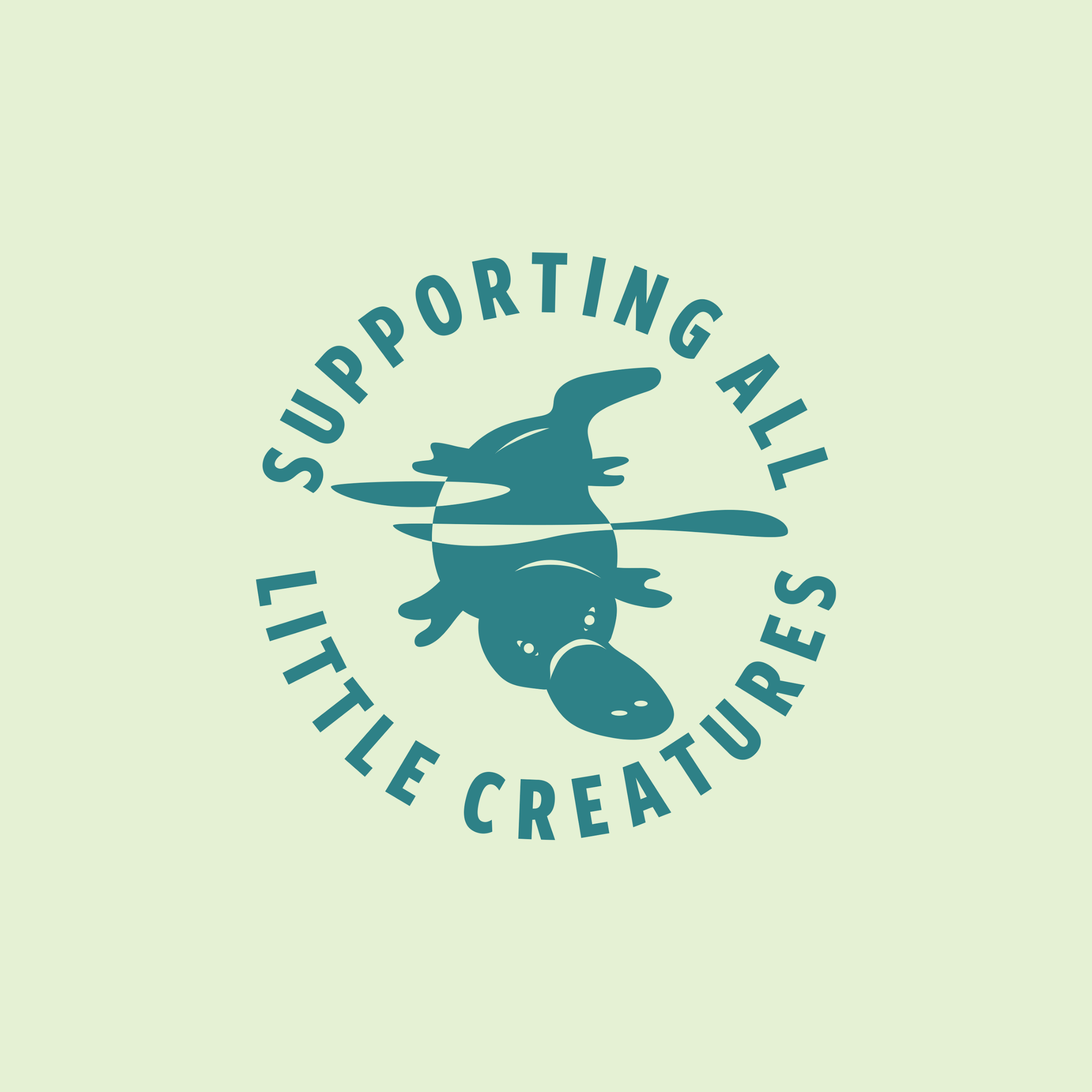Fun Facts
Cockatoos have a preferred 'footedness' similar to human handedness. Almost all cockatoos, including Major Mitchell's Cockatoo, are left-footed.
Major Mitchell's Cockatoos can live up to 60-70 years in the wild or even longer in captivity.
These cockatoos are monogamous and form strong life-long pairs.
Both male and female birds incubate the eggs and care for their chicks.
While Cockatoos like to search for food in large flocks, when it comes to nesting these birds are quite territorial and prefer to nest at least 1-2km away from other pairs.
Where can you find them?
There is an eastern and western subspecies of these cookatoos. The eastern subspecies can be found from southern Queensland to western New South Wales, north-west Victoria and eastern South Australia. The western subspecies is found in central and western Australia.
They live in dry and semi-dry wooden habitats with open grassy areas and large, old tress - usually eucalypts or cypress pines. Old trees (generally 80 years or more) have big...
eastern subspecies Endangered (LEAST CONCERN FOR GENERAL SPECIES)
Conservation status
The eastern Major Mitchell's Cockatoo subspecies is classified as Endangered. They face threats from a loss of habitat due to clearing of woodland for agricultural purposes which decreases the availability of tree hollows needed for nesting as well as their food sources. They also face threats from people illegally capturing the birds and eggs, which they sell to make money.
The eastern Major Mitchell Cockatoo subspecies was classified as Endangered in March 2023 under the Environment Protection and Biodiversity Conservation Act 1999. Source: Department of Climate Change, Energy, the Environment and Water, 2023, Species Profile and Threats Database, Lophochroa leadbeateri leadbeateri — Major Mitchell's Cockatoo (eastern). Accessed on 28 July 2023.
The general species is classified as Least Concern under the IUCN Red List. Source: BirdLife International. 2018. Cacatua leadbeateri. The IUCN Red List of Threatened Species 2018: e.T22684767A131914793.https://dx.doi.org/10.2305/IUCN.UK.2018-2.RLTS.T22684767A131914793.en. Accessed on 28 July 2023.
Caring for Australia's Wildlife
We want our little ones, and yours, to grow up with a healthy planet, where native plants and animals thrive. That’s why we donate 1 cent from every product sold to support Australian wildlife. We also seek to minimise our impact on the environment wherever possible.
Australian Wildlife facing threats to survival are featured on our packaging, to help raise community awareness and support for these important animals.









